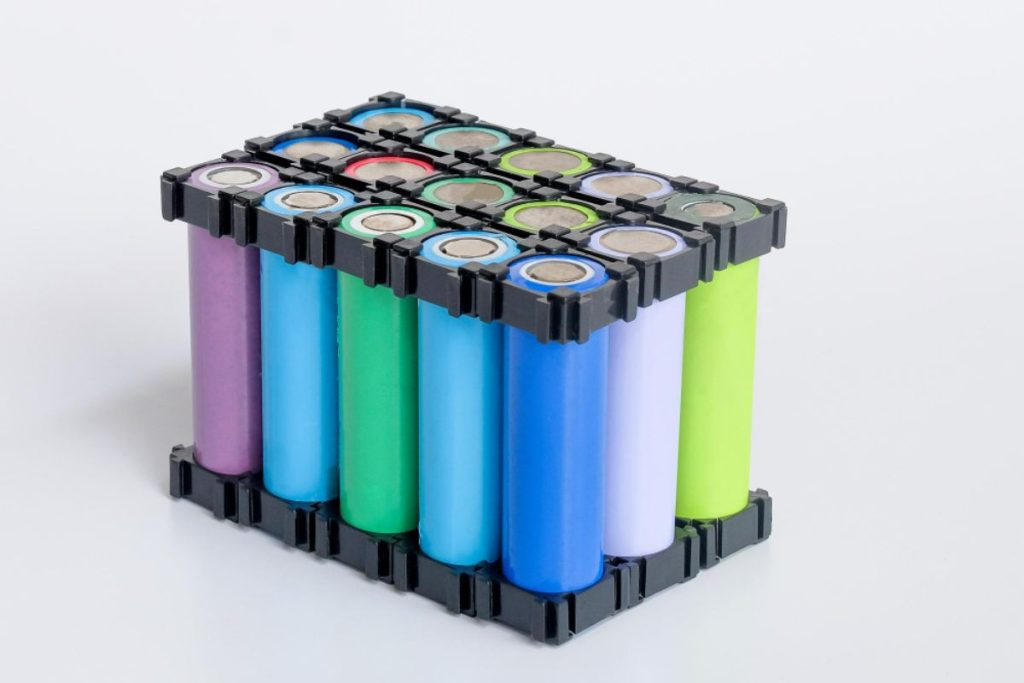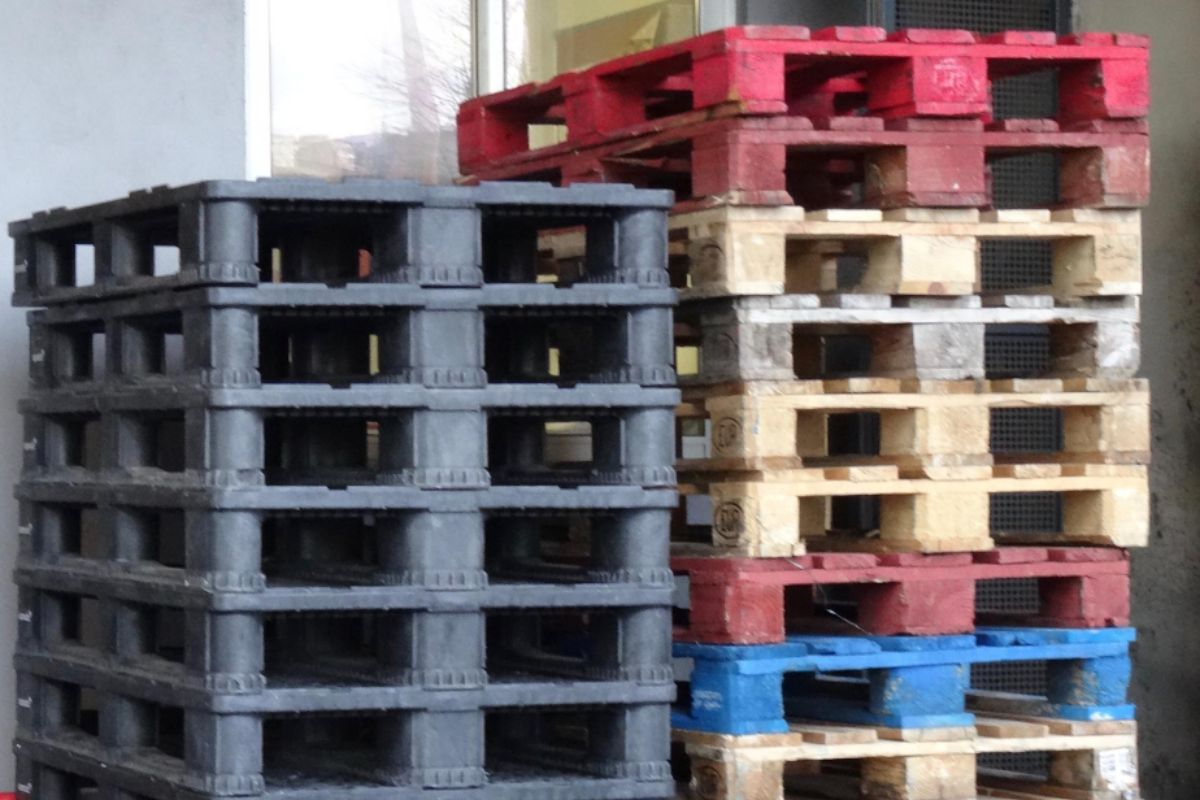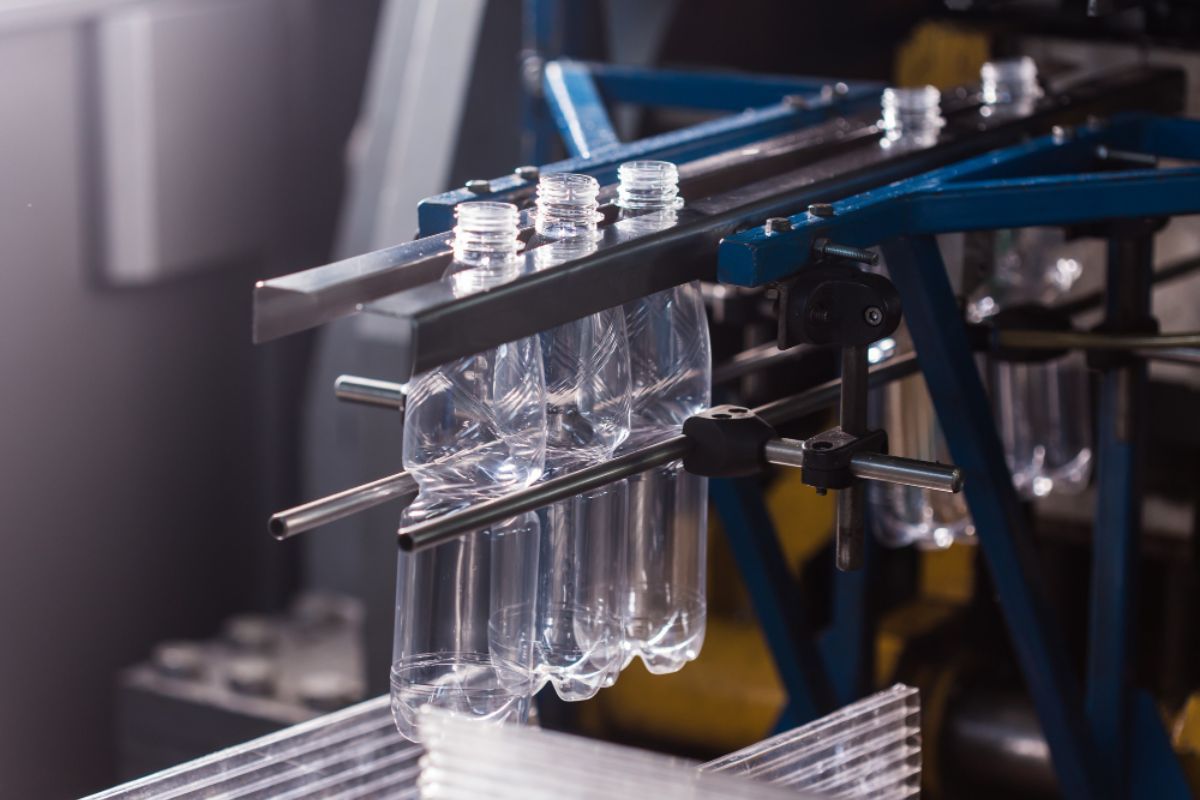What are the key considerations for battery pack mold making?
- Material selection
- Design for venting
- Precision and tolerance
- Parting line and ejection
- Alignment and registration
- Durability and wear resistance
Overview
- Battery packs, crucial for providing portable power across diverse applications, encapsulate multiple batteries in a protective casing.
- Plastic injection molding, known for its versatility and precision, is the preferred method for molding battery packs.
- The article discusses battery pack mold making, highlighting material selection, venting design, and precision for optimal thermal conductivity, durability, and production quality.
Battery packs are compact energy storage units containing multiple batteries enclosed in a protective casing. They are essential in providing portable power for various applications, from electronic devices to electric vehicles. Their importance lies in their ability to store and deliver energy efficiently, enabling the seamless operation of various devices and systems.
Plastic injection molding is the preferred method for battery pack molding due to its versatility and efficiency. This manufacturing process allows for the production of intricate and complex mold designs with high precision. In this article, we explore diverse considerations for battery pack mold-making to ensure the production of high-quality and reliable components.
Material Selection
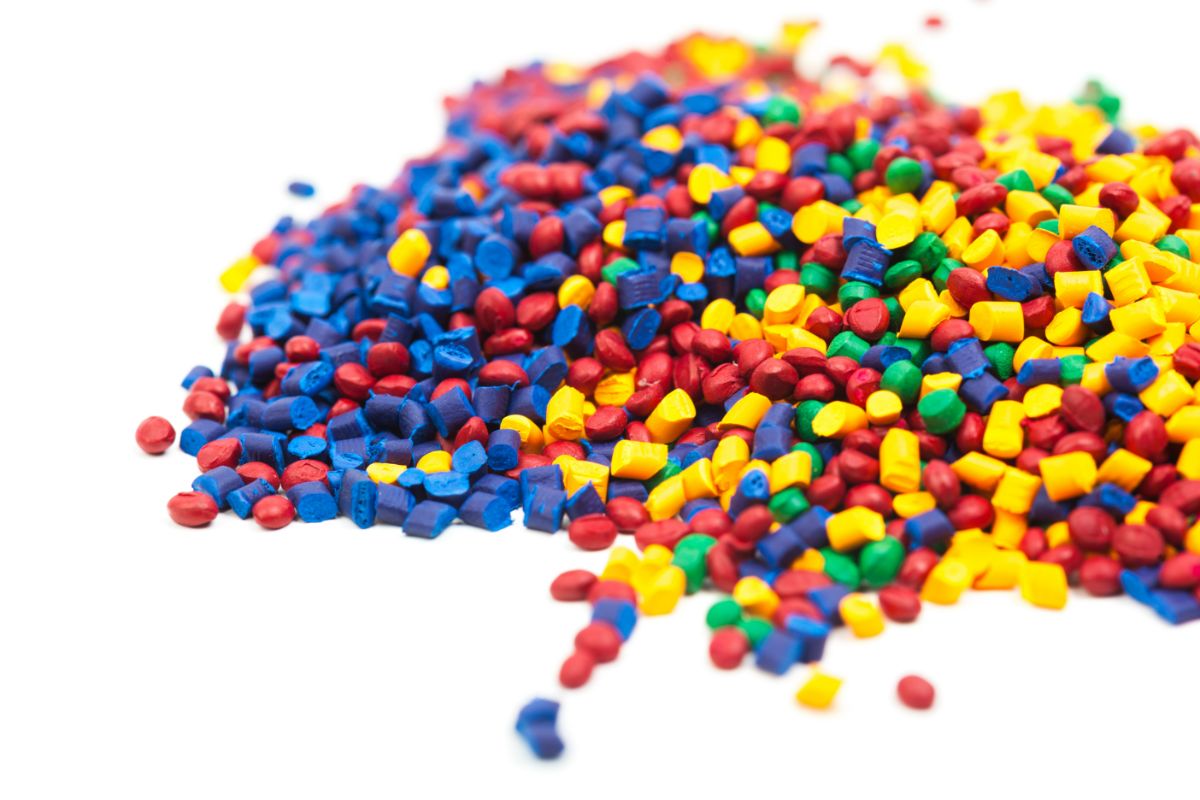
Material selection in battery pack mold-making involves choosing the ideal thermoplastic that aligns with the specific requirements of the battery design. It includes deliberations on factors, such as thermal conductivity, impact resistance, and chemical compatibility with battery components.
Choosing a material with excellent thermal conductivity, like PEEK, for a lithium-ion battery mold is crucial as it manages heat during operation and enhances the mold’s lifespan, ensuring consistent and reliable performance. It ensures efficient heat dissipation, prevents chemical reactions, and enhances the overall durability of the mold.
Design for Venting
The venting design incorporates channels or vents in the mold to facilitate the escape of air and gases during the injection molding process. It controls air traps, ensures uniform filling of the mold cavity, and prevents defects like air pockets and incomplete filling, which can compromise the structural integrity of battery pack components.
Imagine an electric vehicle battery mold with intricate geometry. Effective venting channels strategically placed in the mold allow for the escape of trapped air, preventing defects like voids and ensuring the production of flawless battery components.
Precision and Tolerance
Precision is the level of accuracy and consistency in producing components within specified tolerances. However, there are considerations you need to set in place to ensure that each battery pack meets the exact dimensional requirements, contributing to the overall quality of the product.
For instance, consider a medical device battery mold where precise dimensions are critical for seamless integration into the device. It ensures that each battery component aligns perfectly, meeting the stringent quality standards required for medical applications.
Parting Line and Ejection
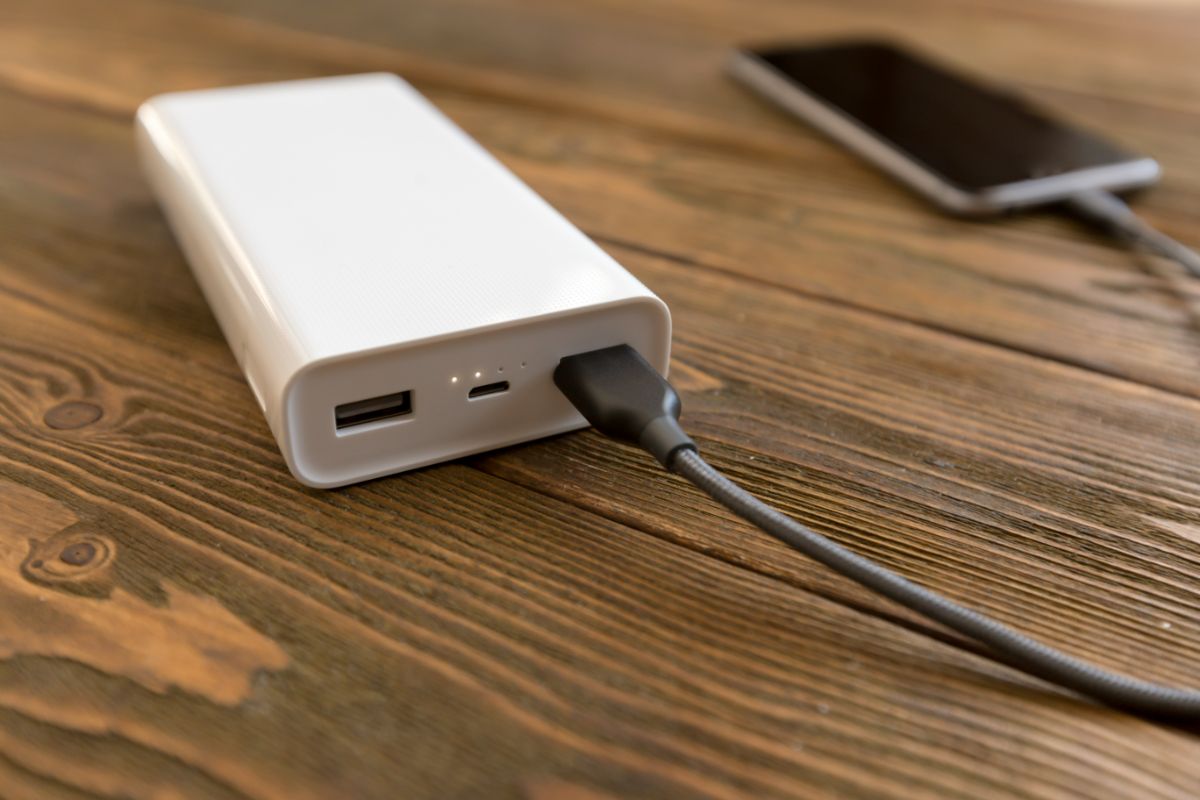
The parting line in battery pack mold-making marks the separation point between mold halves. On the other hand, ejection involves mechanisms for removing the molded components from the mold. They prevent damage to molded components and ensure consistent production cycles, which are critical for smooth and efficient production.
For example, a mobile device battery mold has intricate details. Its precisely defined parting line and efficient ejection system prevent distortion or damage to delicate components during the demolding process, guaranteeing the production of flawless battery packs.
Alignment and Registration
Alignment and registration ensure the accurate positioning of mold components to achieve precise part geometry and avoid inconsistencies in the final product. They prevent issues like flash, where excess material escapes between mold components, ensuring accurate dimensions and minimal defects.
An accurate alignment and registration of a smart device battery mold contributes to the prevention of flash. Flash refers to excess material that escapes from the mold cavity during the injection molding process, resulting in unwanted plastic protrusions or fins on the final product.
To prevent this, the mold components, including the cavity and core, must be accurately aligned and registered. This ensures that there is a tight and secure fit between the mold halves when they close together, leaving no gaps or spaces for molten plastic to escape.
Durability and Wear Resistance
Durability and wear resistance pertains to the ability of the mold to withstand the rigors of repeated molding cycles without degradation. This involves selecting materials and coatings that can endure the mechanical stresses and abrasion associated with high-volume production.
Envision an industrial equipment battery mold-producing components for heavy-duty applications. The use of wear-resistant coatings on critical mold surfaces ensures prolonged mold life, contributing to uninterrupted production. By choosing materials and coatings that resist wear, manufacturers can minimize downtime, reduce maintenance costs, and enhance efficiency.
Key Takeaway
Meticulous attention to material selection, venting design, precision, parting line, alignment, and durability are some considerations for battery pack mold-making to achieve consistent, high-quality production.
Ready to elevate your battery pack production with precision and efficiency? Partner with Richfields Corporation, where innovation meets excellence. We are now enthusiastically serving clients internationally, with a particular focus on exporting to the U.S.A. Contact us today to explore personalized solutions tailored to elevate your battery pack production.
